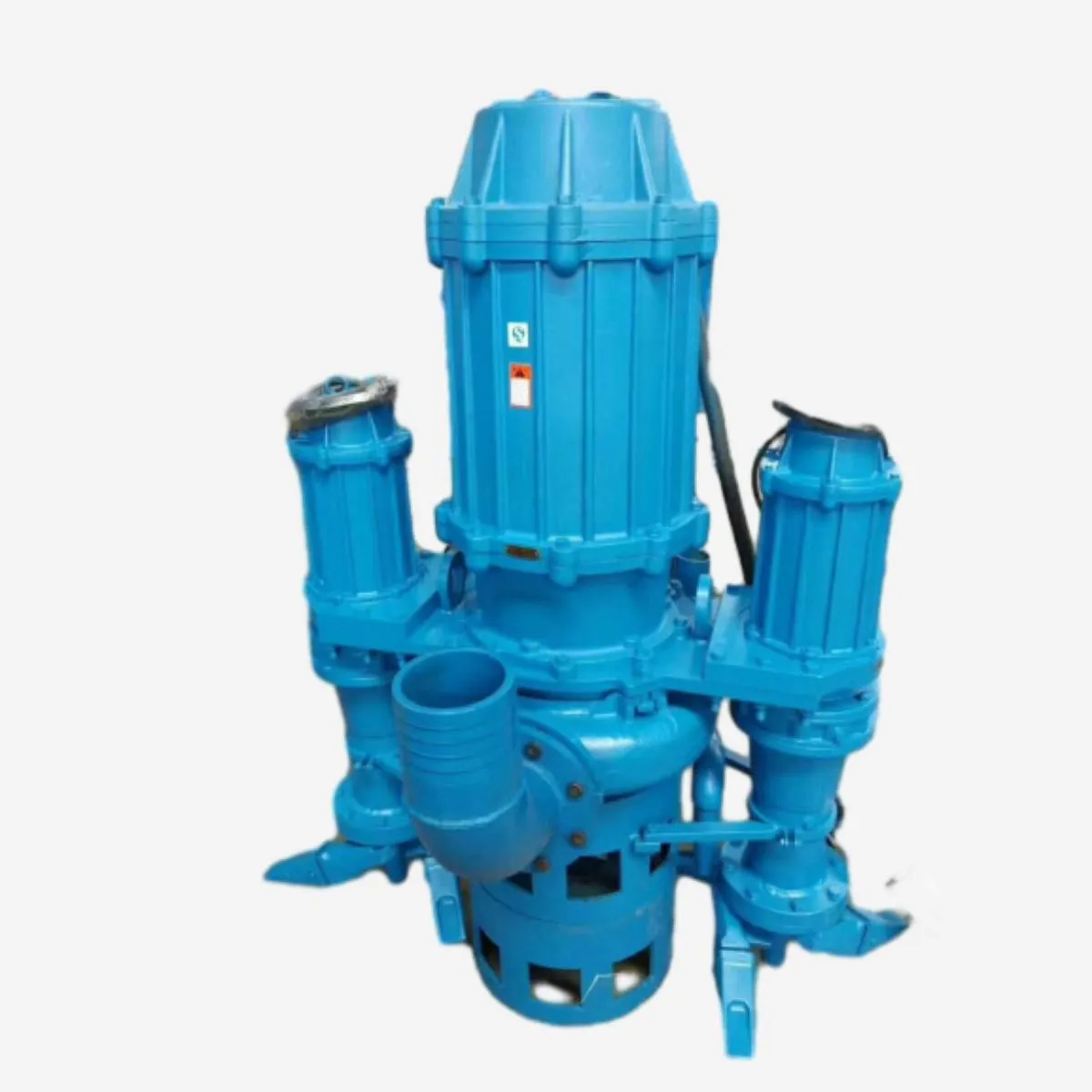Lao
- Afrikaans
- Albanian
- Amharic
- Arabic
- Armenian
- Azerbaijani
- Basque
- Belarusian
- Bengali
- Bosnian
- Bulgarian
- Catalan
- Cebuano
- Corsican
- Croatian
- Czech
- Danish
- Dutch
- English
- Esperanto
- Estonian
- Finnish
- French
- Frisian
- Galician
- Georgian
- German
- Greek
- Gujarati
- Haitian Creole
- hausa
- hawaiian
- Hebrew
- Hindi
- Miao
- Hungarian
- Icelandic
- igbo
- Indonesian
- irish
- Italian
- Japanese
- Javanese
- Kannada
- kazakh
- Khmer
- Rwandese
- Korean
- Kurdish
- Kyrgyz
- Lao
- Latin
- Latvian
- Lithuanian
- Luxembourgish
- Macedonian
- Malgashi
- Malay
- Malayalam
- Maltese
- Maori
- Marathi
- Mongolian
- Myanmar
- Nepali
- Norwegian
- Norwegian
- Occitan
- Pashto
- Persian
- Polish
- Portuguese
- Punjabi
- Romanian
- Russian
- Samoan
- Scottish Gaelic
- Serbian
- Sesotho
- Shona
- Sindhi
- Sinhala
- Slovak
- Slovenian
- Somali
- Spanish
- Sundanese
- Swahili
- Swedish
- Tagalog
- Tajik
- Tamil
- Tatar
- Telugu
- Thai
- Turkish
- Turkmen
- Ukrainian
- Urdu
- Uighur
- Uzbek
- Vietnamese
- Welsh
- Bantu
- Yiddish
- Yoruba
- Zulu
Telephone: +86 13120555503
Email: frank@cypump.com
ພ.ຈ. . 05, 2024 19:18 Back to list
mixed flow pump advantages and disadvantages
Advantages and Disadvantages of Mixed Flow Pumps
Mixed flow pumps are a type of pump that combines characteristics of both centrifugal and axial flow pumps. They are designed to move fluids by converting rotational energy, typically from a motor, into hydrodynamic energy. This unique hybrid design allows mixed flow pumps to be highly effective in a range of applications, from irrigation systems to wastewater treatment and industrial processing. However, like any technology, they come with their advantages and disadvantages. In this article, we will explore the key features of mixed flow pumps, highlighting their benefits and drawbacks.
Advantages of Mixed Flow Pumps
1. Versatility One major advantage of mixed flow pumps is their versatility. They can handle a wide variety of fluids, including clear water, slurries, and even certain chemicals. This adaptability makes them suitable for numerous applications in different industries such as agriculture, municipal water systems, and industrial processes.
2. High Efficiency Mixed flow pumps are known for their high efficiency, particularly in applications where a moderate flow rate and head are required. They typically operate with less energy consumption compared to some other types of pumps, leading to lower operational costs over time.
3. Moderate Head and Flow This type of pump is particularly effective when moderate flow rates and heads are needed. This makes them an excellent choice for applications where both flow and pressure are important but extremes in either are not required.
4. Compact Design The design of mixed flow pumps is often more compact than that of traditional centrifugal pumps, allowing for easier installation in limited spaces. Their smaller footprint can save valuable space in plants and facilities.
5. Low NPSH Requirements Mixed flow pumps generally have lower Net Positive Suction Head (NPSH) requirements compared to centrifugal pumps. This characteristic allows them to handle liquids that may be prone to cavitation more effectively, providing a longer operational life and reducing maintenance issues.
6. Improved Limiting Service Conditions The hybrid nature of mixed flow pumps allows them to perform in a wider range of service conditions, which can be particularly beneficial in dynamic environments where flow requirements may change.
mixed flow pump advantages and disadvantages

Disadvantages of Mixed Flow Pumps
1. Complexity One of the main disadvantages of mixed flow pumps is their complexity. The design incorporates elements of both centrifugal and axial flow pumps, which can make them more complicated to manufacture and maintain. This complexity may lead to higher initial costs.
2. Potential for Wear Mixed flow pumps may be more susceptible to wear and tear due to the variety of operating conditions they face. In environments with abrasive materials or contaminants, the components can degrade faster than those in simpler pump designs.
3. Limited Use at High Heads While mixed flow pumps excel in moderate flow and head applications, they are less effective in high head applications compared to pure centrifugal or axial pumps. This limits their use in some scenarios where high pressure is needed.
4. Maintenance Challenges Due to their intricate design, maintenance of mixed flow pumps can be more demanding. Operators may need specialized knowledge to effectively troubleshoot and repair these systems, which can lead to downtime and increased labor costs.
5. Variable Performance The performance of mixed flow pumps can vary significantly depending on the specific operating conditions and the fluid being pumped. This variability can complicate the selection and sizing process, potentially leading to inefficient operations.
Conclusion
In summary, mixed flow pumps offer a blend of advantages, such as versatility, high efficiency, and compact design, while also presenting several disadvantages, including complexity and potential wear issues. These pumps are ideally suited for situations requiring moderate flow rates and heads, making them an excellent choice in various applications. However, careful consideration should be given to their operation and maintenance requirements, as well as the specific needs of the application in order to maximize their effectiveness and lifespan. Ultimately, understanding both the pros and cons of mixed flow pumps is essential for making informed decisions in their utilization.
-
ISG Series Vertical Pipeline Pump - Chi Yuan Pumps Co., LTD.|High Efficiency, Energy Saving, Low Noise
NewsJul.30,2025
-
ISG Series Vertical Pipeline Pump- Chi Yuan Pumps|High Efficiency&Low Noise
NewsJul.30,2025
-
ISG Series Vertical Pipeline Pump-Chi Yuan Pumps Co., LTD.|High Efficiency&Energy Conservation
NewsJul.30,2025
-
ISG Series Vertical Pipeline Pump - Chi Yuan Pumps Co., LTD.|Advanced Hydraulic Design&Energy-Efficient Solutions
NewsJul.30,2025
-
ISG Series Vertical Pipeline Pump - Chi Yuan Pumps Co., LTD.
NewsJul.30,2025
-
ISG Series Vertical Pipeline Pump - Chi Yuan Pumps Co., LTD.|energy-efficient fluid handling&industrial durability
NewsJul.30,2025










